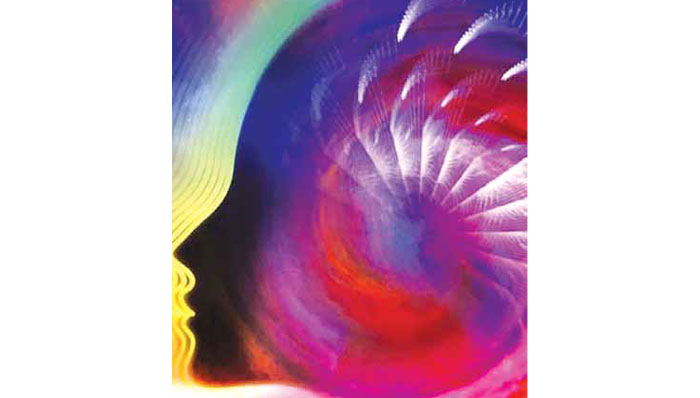
Bhoj Wetland Winter Bird Count
By DR. Sangeeta Rajgir and Mohd. Khalique
The Upper lake of Bhopal, M.P. is very rich in biodiversity, particularly Resident and Migratory birds, Macrophytes, phytoplankton, Zooplankton, both Natural and Cultured fish species, Insects, Reptiles and Amphibians.
Bhoj Wetland comprises two contiguous man-made reservoirs, the “Upper Lake” and the “Lower Lake”. The Upper Lake was created by Raja Bhoj in the 11th century by the construction of an earthen dam across the Kolans river and the Lower Lake was constructed nearly 200 years ago, largely from the overflow of water from the Upper Lake. Both the lakes are urban waterbodies located in the fast growing city of Bhopal, the state capital of Madhya Pradesh.
Bhoj Wetland was designated as a Ramsar site in November 2002. Total Area of the wetland is 31Km². The Upper Lake is surrounded by Van Vihar National Park on the south, human settlements on the east and north, Agriculture fields on the west. The Lower Lake is surrounded by human settlements on all sides.
The Upper Lake is a major source of potable water for Bhopal.
A belt of deciduous forest, with cliffs and steep contours towards the south eastern boundary comprises Van Vihar National Park. The greater part of the long western and southwestern peripheries of the site is covered with a mix of semi desert and secondary scrub, semiarid grassland, arable land, improved pasture land, and perennial crop cultivation and forestry plantation.
Bhoj Wetland Birds Count 2020-21 is first of its kind census program organized by Bhopal Birds Conservation Society in association with MP Ecotourism Development Board, Van Vihar National Park and VNS Nature Saviors with aim to prepare a database of estimated winter bird population in Bhoj Wetland Bhopal.
Bhoj Wetland Winter Bird Count 2020-21 was conducted in optimal and extremely cold weather conditions during the peak migratory season (December & February). Count was undertaken on the 13th, 17th, 21st, 23rd, 24th December, 2020 and 31st January, 1st and 2nd February 2021.
The Count was conducted in a participatory manner with observers in form of participants along with Birdwatchers, Researchers and Experts. Total 146 trained volunteers selected for both count sessions. The survey was designed to cover all parts of Bhoj Wetland (Upper & Lower Lake). Total 8 counts were done in which there were 4 pre-counts and 4 final counts. Counts were done by dividing the entire area of Bhoj Wetland into 5 Zones which included Iconic School to CPA plantation beelkheda Village, Van Vihar National Park, Lower Lake to Borvan, Bhamori Village to Bhamori Plantation and Borvan Park, Bairagarh and hence 5 teams of Participants were made.

Total 187 species of 53 families observed in this count with estimated population of 51,948 birds. Top ten species of count with estimated population include Red Crested Pochard ( 12,999), Gadwall ( 8,021) , Eurasian Coot ( 6,285), Common Pochard (3,850), Eurasian Wegion(2,000),Northern Pintail (1,263), Large Cormorant( 1,045), Lesser Whistling Teals(900), Little Egret ( 897) , Little Cormorant ( 876) . Total of 8 threatened species observed during the count as Oreintal Darter, Painted Stork, Black-headed Ibis, Black-tailed Godwit, River Tern, Common Pochard, Greater spotted Eagle and Sarus Crane. Blue-capped Rock Thrush (Monticolacinclorhyncha) observed first time in Van Vihar National Park during the count.
Route wise estimated population of birds species in Iconic School to CPA Plantation(19,737), Bhamori Village to Bhamori Plantation(21,767), Van Vihar National Park(6,307), Borvan Park (1,404) and Lower Lake to Borvan (2,733). Route wise birds species diversity is as follows Iconic school to CPA Plantation (116), Bhamori Village to Bhamori Plantation (97), Van Vihar National Park (157), Borvan Park (80) and Lower Lake to Borvan (74).
The major achievement of this count is local community participation the youth of local community from peripheral village of Bhoj Wetland who designated as “Sarus Mitra” and monitor breeding, nesting and threats on Sarus crane from villages like Nathuberkheda, Bishenkhedi, Beelkheda, Mugaliyachap, Intkhedi Chap also actively participated in Bhoj Wetland
Winter Bird Count 2020-21.
Bhoj Wetland is only Ramsar site of Madhya Pradesh and fulfill Ramsar criteria 5 and 6 for waterbirds. It support more than 20,000 population of waterbirds and also a home to many threatened species like Sarus Crane. Taking into this account regular waterbirds count are very essential to evaluate status of waterbirds in Bhoj Wetland and to prepare a proper action plan to conserve this biodiversity hotspot.
Acknowledgment
We would like to thank Madhya Pradesh Forest Department, Madhya Pradesh Ecotourism Development Board, Van Vihar National Park and VNS Nature Saviours for their kind support. We would also like to express our thanks to Mr. Satyanand (IFS, CEO-MPEDB), Mrs. Kamalika Mohanta (IFS, Former Director, Van Vihar National Park) and Dr. D.K Swamy (Group Director, VNS) for their constant support.




